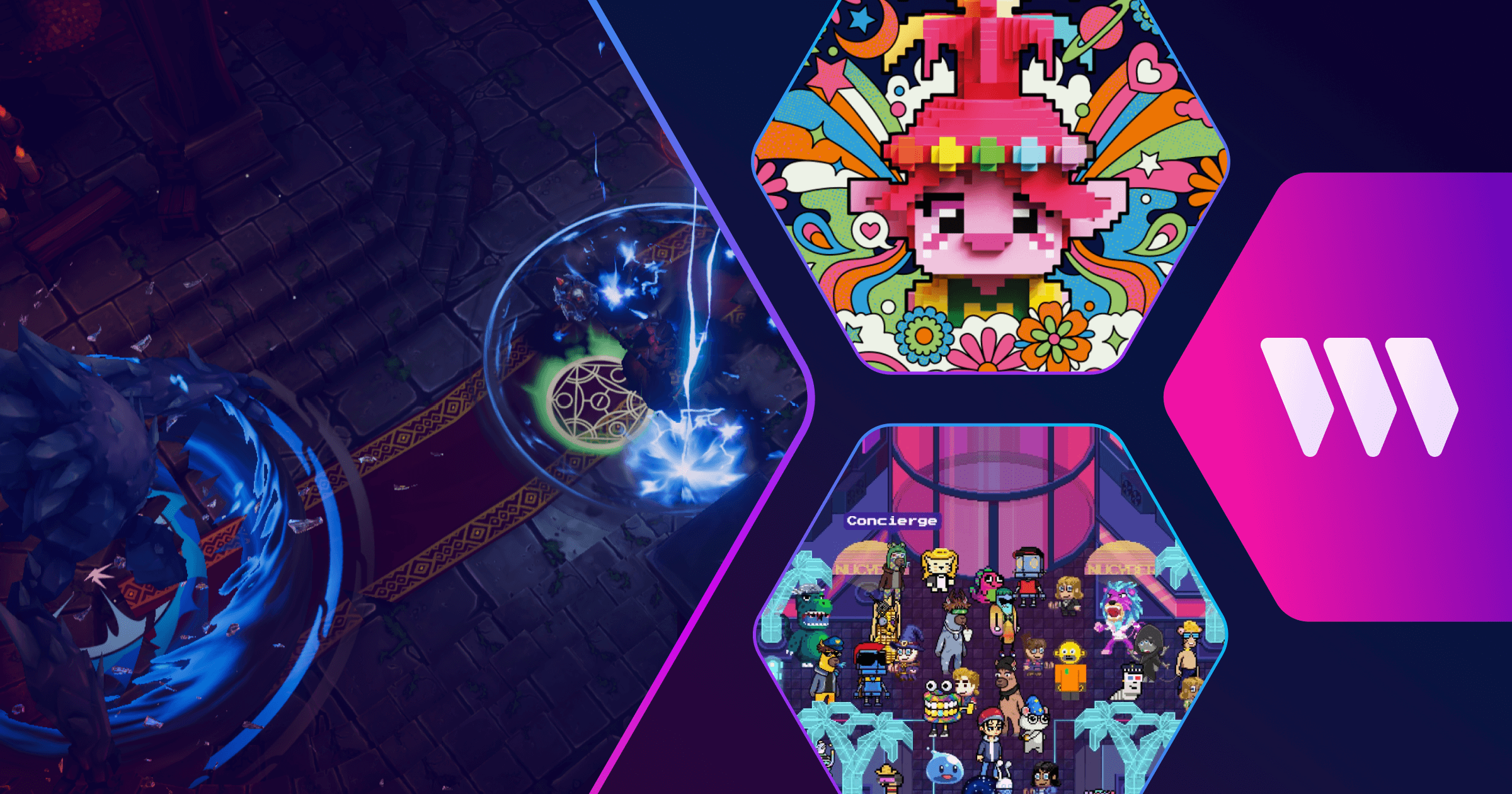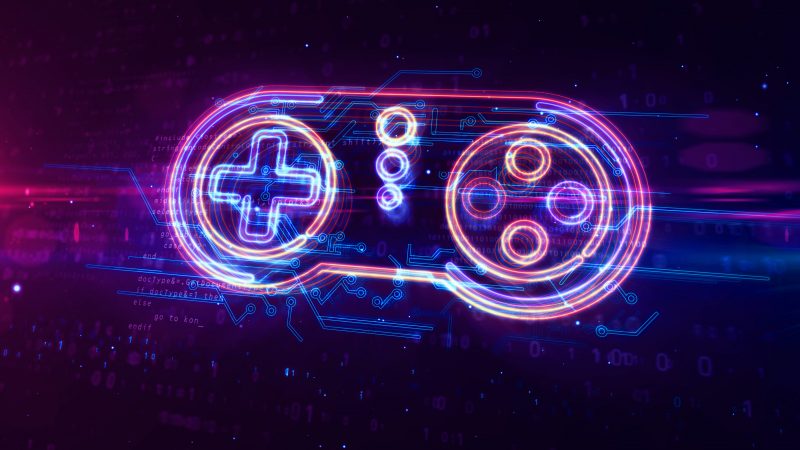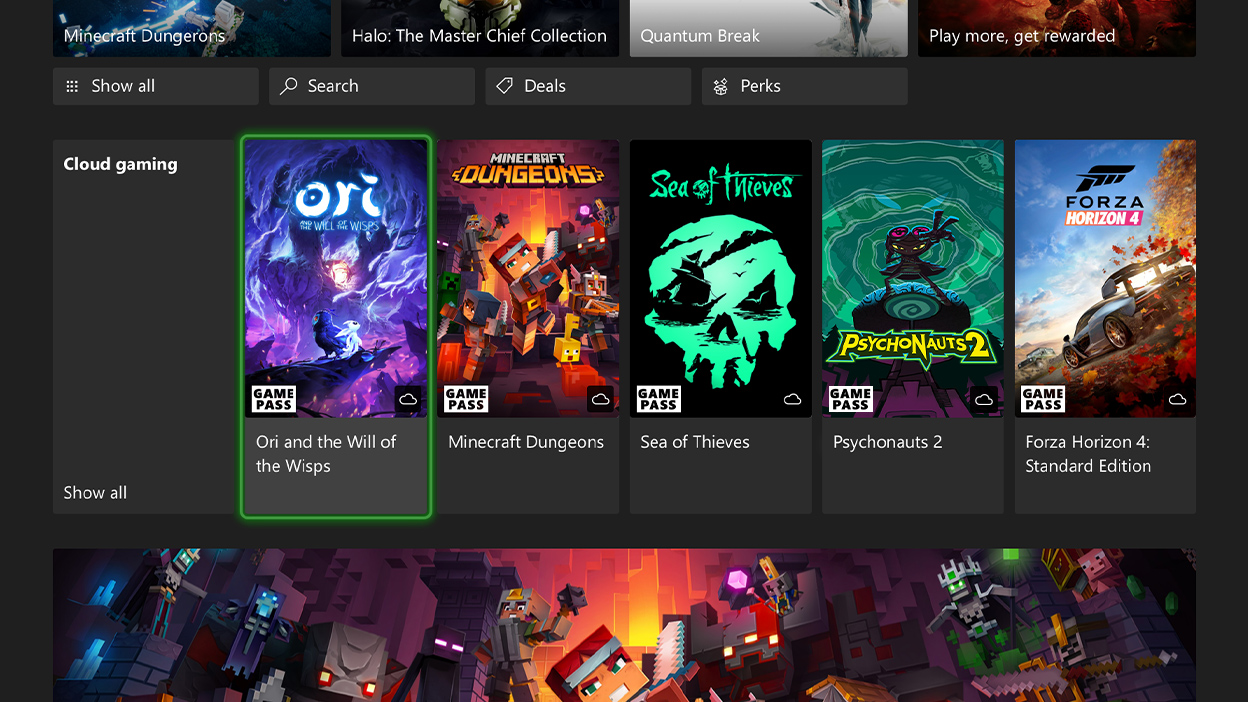Introduction: The Future of Gaming is Web3
Web3 is reshaping the gaming world by putting power in the hands of players. Unlike traditional games where assets and economies are locked within centralized servers, Web3 games use blockchain, smart contracts, NFTs, and decentralized finance (DeFi) to offer ownership, transparency, and monetization.
In 2025, Web3 game development has never been more exciting—or accessible. If you’re a developer, designer, or crypto enthusiast, this guide will walk you through the step-by-step process to start building a Web3 game, even with minimal prior experience.
🧩 What Is a Web3 Game?
A Web3 game is a decentralized application (dApp) that integrates blockchain elements such as:
- NFTs (for in-game assets and ownership)
- Cryptocurrencies or tokens (for rewards and payments)
- Smart contracts (to automate transactions and gameplay rules)
- Play-to-Earn (P2E) or Move-to-Earn mechanics
These games empower players with true ownership of digital assets, permissionless economies, and verifiable scarcity.
✅ Step 1: Learn the Fundamentals of Web3
Before you start coding, understand these core concepts:
🔗 Blockchain
The decentralized ledger that stores game data securely and immutably. Popular options include:
- Ethereum
- Polygon (MATIC)
- Solana
- Binance Smart Chain (BSC)
- Immutable X (for NFTs)
🧠 Smart Contracts
Self-executing code deployed on a blockchain. These govern your game’s logic, rewards, and asset ownership.
💸 Tokens
You may create your own in-game currency as an ERC-20 token (fungible) or use ERC-721/1155 tokens (non-fungible) for NFTs.
✅ Step 2: Choose Your Blockchain Ecosystem
Each blockchain offers unique benefits. Consider these factors:
| Blockchain | Pros | Cons |
|---|---|---|
| Ethereum | Most mature ecosystem, massive user base | High gas fees |
| Polygon | Low fees, Ethereum-compatible | Slightly complex setup |
| Solana | Fast transactions, cheap fees | Less tooling for beginners |
| BSC | Popular, low fees | Centralized compared to others |
| Immutable X | Gas-free NFTs | Mainly NFT-focused |
🔍 Tip: For beginners, Polygon and Ethereum Testnets (like Goerli) are great starting points due to strong community support.
✅ Step 3: Decide Your Game Type
What kind of Web3 game are you building?
Popular Web3 Game Categories:
- Play-to-Earn (P2E): Earn crypto for participation (e.g., Axie Infinity)
- Metaverse Worlds: Virtual lands and assets (e.g., Decentraland)
- Trading Card Games: NFT-based decks and battles (e.g., Gods Unchained)
- Fantasy Sports Games: Token-based leagues (e.g., Sorare)
- Idle or Strategy Games: Use tokens for upgrades, earn passively
Choose a genre that aligns with your skills and what your audience wants.
✅ Step 4: Select Game Development Tools
For the game engine:
🎮 Game Engines:
- Unity – most popular for Web3 games
- Unreal Engine – high-fidelity 3D games
- Godot – open-source and lightweight
- HTML5/WebGL – for browser-based games
🔧 Web3 Integration Tools:
- Hardhat / Truffle – smart contract development
- Thirdweb – Web3 SDKs for games
- Moralis – backend APIs and data for dApps
- Alchemy / Infura – blockchain node providers
- IPFS / Filecoin – for decentralized file storage
✅ Step 5: Write Smart Contracts
Smart contracts control in-game logic and transactions.
⚙️ Smart Contract Languages:
- Solidity (Ethereum, Polygon, BSC)
- Rust (Solana)
Sample Functions:
- Minting NFTs
- Transferring tokens
- Battle or game logic
- Reward distribution
🛡️ Important: Always test contracts on a testnet (e.g., Goerli, Mumbai) before deploying to mainnet.
✅ Step 6: Create NFTs and Tokens
Your game may require:
- NFTs for characters, weapons, skins, land, etc.
- ERC-20 token for in-game currency
Use Cases:
- 🎮 NFT ownership: Characters or items tradable on OpenSea
- 💰 Token utility: Buy upgrades, stake to earn, or access features
- 🔁 Token burning/minting to balance economy
🧰 Tools:
- OpenZeppelin (secure contract templates)
- Pinata/IPFS (NFT metadata hosting)
✅ Step 7: Build Frontend & Connect Web3 Wallets
Your frontend connects the user to the blockchain via Web3 libraries.
Libraries to Use:
- Web3.js or Ethers.js
- React.js for UI
- WalletConnect, MetaMask or RainbowKit for wallet integration
Key Features to Include:
- Wallet login
- NFT inventory
- Token balances
- In-game interactions synced with blockchain
✅ Step 8: Design Tokenomics and Economy
Your in-game economy must be balanced and sustainable.
Tokenomics Essentials:
- Max supply and inflation control
- Token utility and staking benefits
- NFT scarcity and tiering
- Anti-bot and anti-exploit mechanics
- Earning vs spending ratio for players
🧠 Study models of successful games like Axie Infinity, Illuvium, or StepN.
✅ Step 9: Testing, Deployment & Security
🧪 Testing:
- Unit test smart contracts (Hardhat, Chai)
- Manual gameplay testing
- Bug bounty programs for smart contract flaws
🚀 Deployment:
- Deploy to Polygon, BSC, or Solana
- Ensure front-end connects to the deployed contracts
- Track game analytics (Dune, Nansen, Moralis)
🔐 Security Tips:
- Avoid over-centralization in contracts
- Use secure random number generation (Chainlink VRF)
- Never expose private keys
✅ Step 10: Launch & Market Your Web3 Game
Once your Web3 game is ready:
🚀 Pre-Launch Strategies:
- Build a community on Twitter, Discord, Telegram
- Conduct NFT drops or token airdrops
- Release gameplay trailers and beta access
📢 Marketing Channels:
- Crypto gaming influencers
- Web3 launchpads
- Crypto exchanges (for token listing)
- GameFi launch platforms (like Seedify, GameStarter)
🔄 Post-Launch:
- Keep updating the game with seasonal content
- Introduce governance via DAO models
- Add cross-chain support if needed
📌 Best Practices for Web3 Game Development
- Focus on gameplay first, blockchain second
- Ensure fairness and anti-cheat mechanics
- Stay community-driven; let users co-own and govern
- Keep your economy inflation-resistant
- Partner with reputable blockchain platforms or guilds
🧠 Common Mistakes to Avoid
- Launching without game balance
- Over-relying on token hype with no real gameplay
- Ignoring gas fees or wallet UX
- Not testing contracts thoroughly
- Underestimating player education needs
🧭 Resources to Learn More
- CryptoZombies – Learn Solidity with fun tutorials
- Thirdweb Docs – No-code Web3 development
- Moralis Web3 Academy
- Unity Web3 SDK
- OpenZeppelin Docs
✅ Conclusion: Start Small, Build Big
Web3 game development in 2025 is a perfect blend of creativity, coding, and community. Whether you’re building a P2E battle game or a metaverse RPG, the opportunity to innovate—and earn—is massive.1bitplay.in
Start by:
- Learning blockchain basics
- Choosing your game engine and chain
- Writing simple smart contracts
- Creating engaging gameplay with true asset ownership
From indie devs to AAA studios, the Web3 gaming revolution is open to all. So dive in, experiment, and start creating the future of interactive entertainment.1bitplay.co
✅ Suggested Slug/URL:
/how-to-start-developing-a-web3-game-2025
Would you like this blog post repurposed into:
- A downloadable PDF ebook
- A series of tutorial videos or carousels
- A landing page for a Web3 dev course or tool?
Let me know how you’d like to use this!1BitPlay.io



